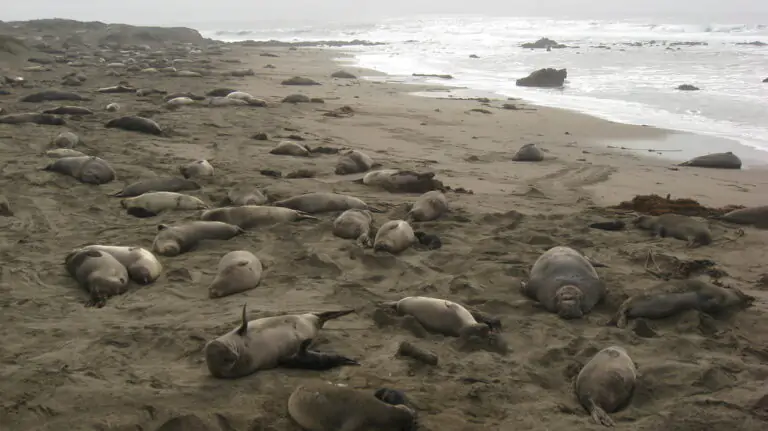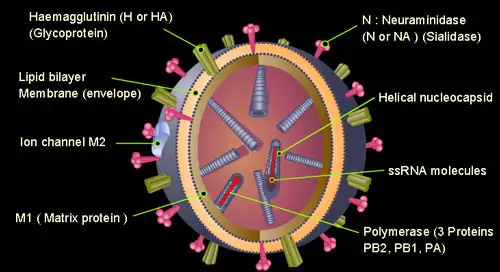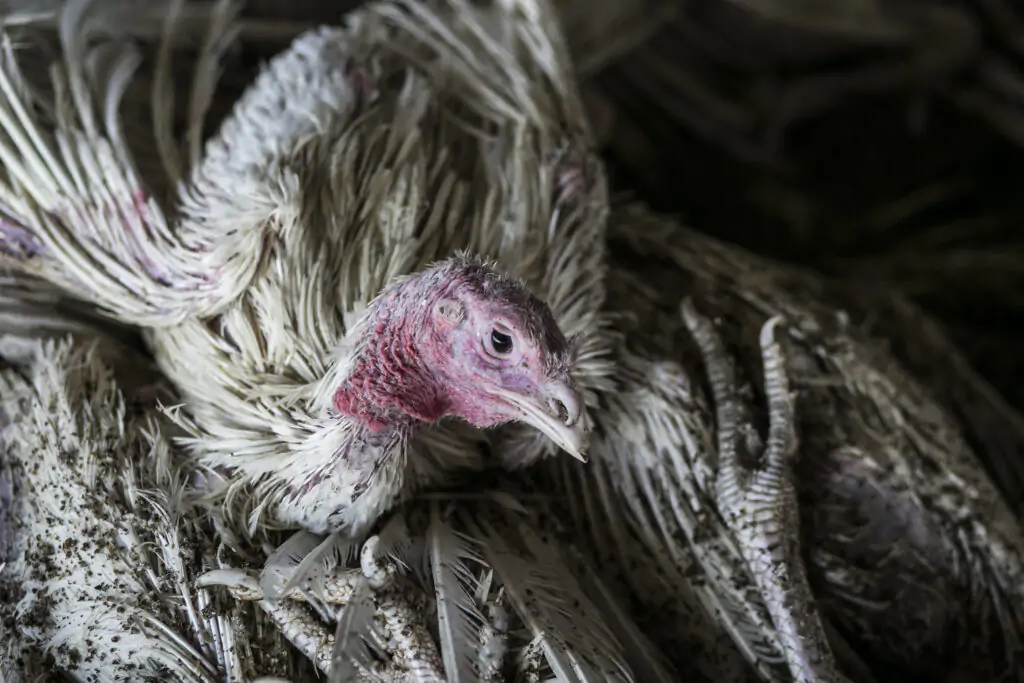Introduction
According to research from the National Institute of Agricultural Technology (INTA) in Argentina and the University of California, Davis, the extremely infectious H5N1 avian influenza virus has mutated to spread among marine animals and birds, directly endangering attempts to conserve species.
The study is the first to characterise H5N1 in marine species on South America’s Atlantic coast in terms of genomics. The journal Emerging Infectious Diseases published this research.
Four Dead Sea lions, one fur seal, and a tern discovered at the most impacted sea lion rookery in Argentina provided brain samples for the study. Everybody had a positive H5N1 test.
Genome sequencing revealed that the virus in every sample was essentially the same. The samples included the same animal adaptation mutations that were discovered in a human case in Chile, a few sea lions in Peru, and a few sea lions in Chile. Notably, this was the first time that the researchers had found all of these mutations in the tern as well.
This demonstrates that even though the virus may have evolved to attack marine animals, it may still infect birds, according to INTA virologist and first author Agustina Rimondi. “This epidemic affects multiple species.”
The fact that the viral sequence in the tern kept all changes related to mammal adaptation allows us to know this. These changes imply that marine mammals may be able to transmit information to one another.

There is still a small chance of infection for humans, according to senior author Marcela Uhart, a wildlife veterinarian from the One Health Institute at the UC Davis School of Veterinary Medicine and director of the program’s Latin America Programme inside the Karen C. Drayer Wildlife Health Institute. “If the virus continues to spread among mammals, it might become a greater risk for people. This is why monitoring and early warning systems are so important.
The journey of H5N1
Uhart describes the latest H5N1 strain, Clade 2.3.4.4b, as “this new creature.” It originally surfaced in 2020, at the same time as a brand-new virus called COVID-19 was causing havoc on humanity. Tens of thousands of seabirds were killed by avian influenza in Europe before the disease migrated to South Africa. It threatened wild birds and poultry when it arrived in the US and Canada in 2022. It migrated to Chile and Peru by the end of 2022.
Then, highly pathogenic avian influenza first appeared in Argentina in February 2023—nearly precisely a year ago. But it wasn’t until August 2023, when it was found in sea lions on Tierra del Fuego’s Atlantic coast at the tip of South America, that the virus’s fatal potential was realized in the region. It swiftly moved northward from there, first destroying seabirds and then marine life.
According to a recent research co-authored by Uhart, 70% of elephant seal pups born during the 2023 mating season died as a result of a large pandemic. At least 96% of people have died in the Península Valdés in Argentina by early November 2023, according to the examined parts.
“We were unsure if it would have an impact on elephant seals when it first arrived in Argentina,” Uhart added. “We had no idea how big things were going to get.”
At least 600,000 wild birds and 50,000 mammals—including elephant seals and sea lions in Argentina, Chile, and Peru, as well as thousands of albatrosses in the Malvinas/Falkland Islands—have perished as a result of H5N1 across South America since 2022.

Heading south
Now that the virus is moving southward from South America, experts are extremely worried about how it can affect Antarctic fauna, including penguins.
This month, Uhart and Ralph Vanstreels, her colleagues at the School of Veterinary Medicine at UC Davis’ Latin America Programme, are monitoring animals in Antarctica for the H5N1 virus.
“It is important to monitor this virus’s potential to infect species that have never before been infected with H5N1,” Rimondi stated. “In those kinds of animals, the consequences can be quite severe.”
The idea of “one health” recognises the relationship between domestic animals, wildlife, people, and the environment. Unsettling instances of these relationships are interspecies disease outbreaks, which call for international cooperation between the public, wildlife, agriculture, health, and other sectors.
According to Uhart, “We’re aiming to be at the forefront of recording, documenting, and giving early warning.” We have spent thirty years in this field. These species are known to us. Our collaborators are experts with thirty years of data on these populations, so we know what will matter in the future. We must give these helpless animals a voice. No one is noticing how significant this is.
Conclusion:
The development of a modified form of the H5N1 avian influenza virus, which may spread among birds and marine mammals, is a serious danger to South American wildlife conservation efforts. The genetic properties of this virus and its catastrophic effects on marine ecosystems are clarified by research done by the University of California, Davis, and the National Institute of Agricultural Technology (INTA) in Argentina. To lessen the risk that this pandemic poses to both animal and human populations, the study emphasises the unfavourable necessity of observation and early warning systems.
FAQ's
Q: What is H5N1 avian influenza?
A: The extremely contagious H5N1 avian influenza virus mostly infects birds but may potentially infect animals, including people. It is a serious risk to the health of both people and animals.
Q: How has the H5N1 virus mutated to spread among marine animals and birds?
A: According to research by UC Davis and INTA Argentina, the virus has undergone genetic modifications that enable it to adapt to marine animals while maintaining its capacity to infect birds. The hazard posed by these mutations affects many species and ecosystems.
Q: What are the implications of the H5N1 epidemic for wildlife conservation?
A: South American preservation efforts are at risk due to the rapid spread of H5N1, which is destroying a great number of species and endangering marine and avian populations. Monitoring and mitigating the effects of this outbreak on vulnerable species require immediate action.






I spent over three hours reading the internet today, and I haven’t come across any more compelling articles than yours. I think it’s more than worth it. I believe that the internet would be much more helpful than it is now if all bloggers and website proprietors produced stuff as excellent as you did.
I don’t think the title of your article matches the content lol. Just kidding, mainly because I had some doubts after reading the article.
Can you be more specific about the content of your article? After reading it, I still have some doubts. Hope you can help me.
Thank you for your sharing. I am worried that I lack creative ideas. It is your article that makes me full of hope. Thank you. But, I have a question, can you help me?
Thank you for your compliment. sure please how can I help you
Can you be more specific about the content of your article? After reading it, I still have some doubts. Hope you can help me.
Your article helped me a lot, is there any more related content? Thanks!
Your point of view caught my eye and was very interesting. Thanks. I have a question for you.
Your point of view caught my eye and was very interesting. Thanks. I have a question for you.